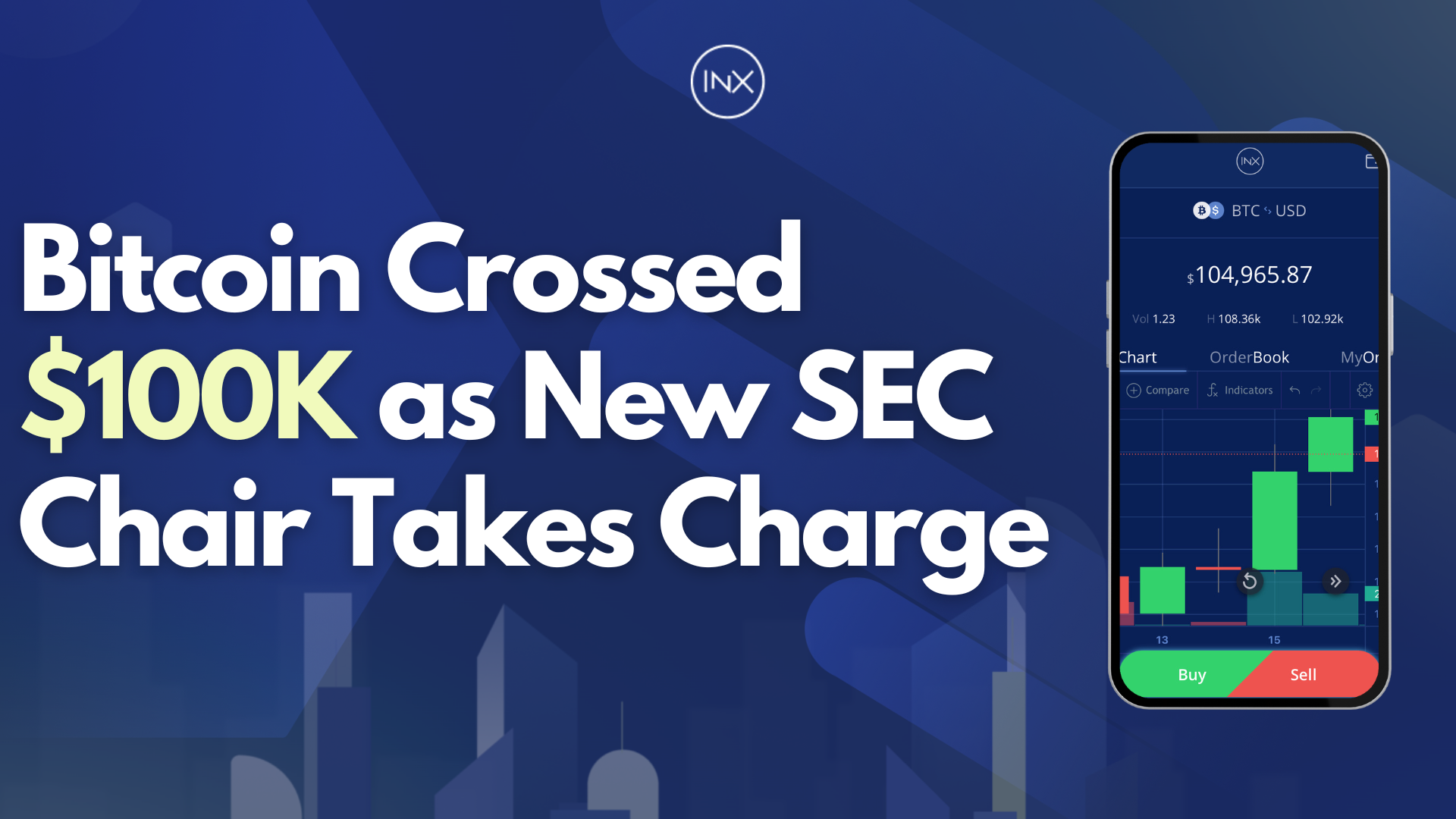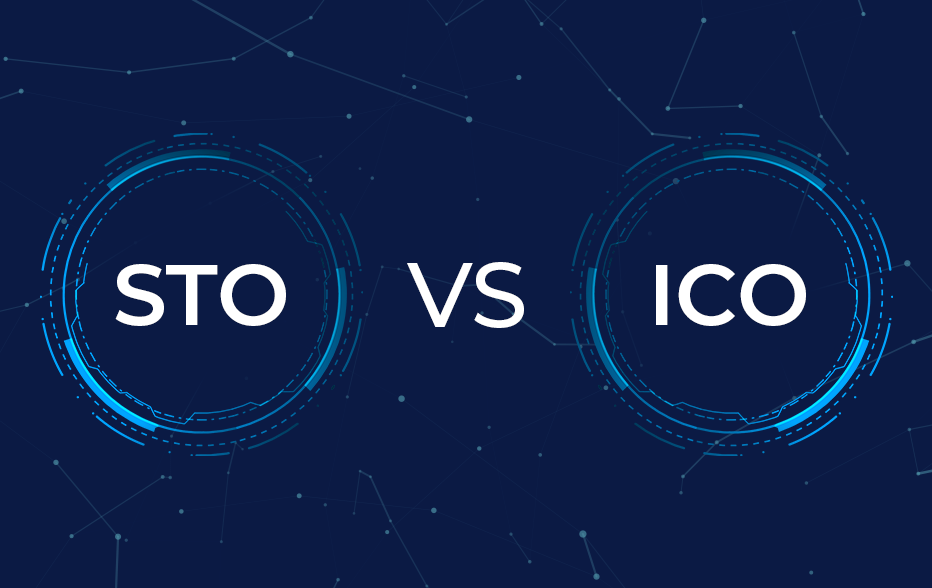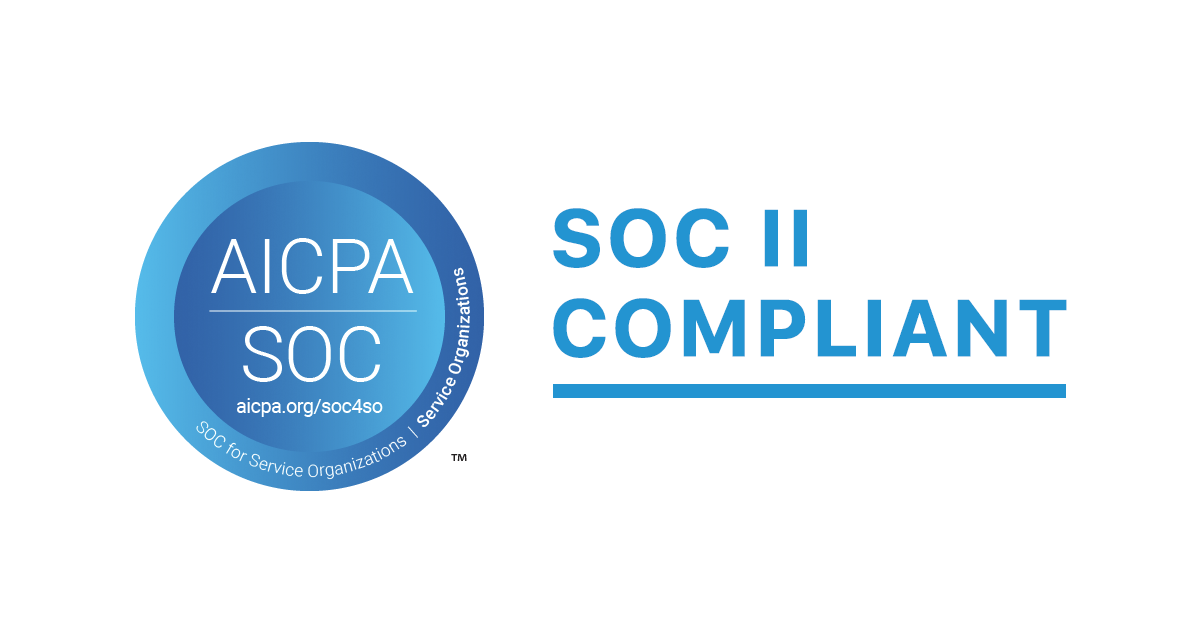Modular vs. Monolithic: Understanding the Blockchain Architecture Battle

Blockchain technology, a decentralized, secure, and transparent system for recording transactions has increased innovation across various industries. However, as blockchain adoption increases, the issue of scalability becomes more pronounced.
Traditional monolithic blockchains struggle to handle the ever-increasing volume of transactions. This limitation threatens to limit the true potential of blockchain technology. Modular blockchains offer a potential solution to the scalability challenge.
By breaking down core functionalities into distinct layers, modular blockchains aim to create a delicate balance, helping to preserve the core strengths of blockchain technology – security and decentralization – while unlocking the potential for significantly higher transaction throughput and greater flexibility.
In this article, we’ll explain all you need to know about modular and monolithic blockchains, as well as the key differences and the future possibilities.
Understanding Monolithic Blockchains
A monolithic blockchain integrates all core functionalities—consensus, execution, data availability, and settlement—into a single layer. Prominent examples like Bitcoin, Solana, and Tron, exemplify this structure, where each node within the network handles all tasks.
This enhances security but often at the expense of scalability. Monolithic blockchains are designed to perform multiple functions simultaneously without the specialization seen in modular blockchains.
Advantages
Here are the main advantages of monolithic blockchains.
- Simplicity: The single-layer design simplifies the implementation and maintenance of the network, making it more accessible for new users and developers. This straightforward structure reduces complexities associated with multi-layered systems.
- Proven Track Record: Monolithic blockchains have shown robust security and reliability since their inception. Networks like Bitcoin have maintained their operational integrity over the years, building a strong foundation of trust and user confidence.
Disadvantages
- Limited Scalability: As transaction volumes increase, monolithic blockchains tend to experience congestion, leading to slower transaction times and higher fees. This is due to all nodes processing every transaction, which inherently limits the system’s ability to scale.
- Difficulty in Upgrading: Changes and technological advancements are challenging to implement in monolithic blockchains due to their inflexible nature. This rigidity can hinder the network’s evolution in response to new demands or emerging technologies, making upgrades complex and risky.
Exploring Modular Blockchains
A modular blockchain is a sophisticated system where functions such as execution, consensus, data availability, and settlement are separated into distinct layers. This architecture allows each layer to be optimized for its specific task, enhancing overall efficiency and scalability.
Modular blockchains are composed of interconnected components, each responsible for a focused function, which can be combined or modified to suit specific needs. Below are the key advantages of modular blockchains.
Advantages: Scalability, Security, and Flexibility
- Scalability: By distributing tasks across multiple specialized layers, modular blockchains can handle a higher volume of transactions compared to monolithic systems. This setup significantly reduces the load on any single network, which enhances the system’s ability to scale.
- Security: Each layer can be independently secured, reducing the risk of system-wide failures. The separation of duties ensures that issues in one layer do not compromise the entire system.
- Flexibility: Modular blockchains offer unprecedented flexibility, allowing developers to plug and play different modules to create customized solutions. This adaptability is crucial for catering to diverse application requirements and for integrating technological advancements without disrupting the existing system.
Disadvantages: Complexity and Shorter Track Record
- Complexity: The segmented nature of modular blockchains introduces complexity in their design and maintenance. Each module must be seamlessly integrated with others. This requires sophisticated coordination and technical expertise.
- Shorter Track Record: As a relatively new technology, modular blockchains do not have the extensive track record of monolithic blockchains. This lack of historical data can make them a less proven option for certain applications.

Monolithic vs Modular Blockchains
Monolithic vs. Modular Blockchains: The Differences
Comparison of Architectures
- Monolithic Blockchains: These traditional systems consolidate all core functionalities into a single layer. This integration enhances security and decentralization but often at the expense of scalability. Nodes must process every transaction, which can slow down the network as user numbers increase.
- Modular Blockchains: By separating these functions across different layers, modular blockchains enhance scalability and efficiency. This architecture allows for specialization in each layer, which can be optimized independently for performance, potentially increasing transaction throughput without compromising on security.
This table explains the key differences between monolithic and modular blockchains.
| Category | Monolithic Blockchains | Modular Blockchains |
| Scalability | Limited due to single-layer processing. | Higher, due to task distribution across layers. |
| Security | High-level security, as all nodes validate all transactions. | Depends on the security of individual layers. |
| Decentralization | Strong, with every node involved in consensus. | Can vary, often less than monolithic models. |
| Flexibility & Adaptability | Lower, changes require network-wide updates. | Higher, with easier to implement upgrades in isolated layers. |
Monolithic blockchains offer robust security and a high degree of decentralization but struggle with scalability, which can hinder their performance as network demands grow. On the other hand, you’ll gain enhanced scalability and flexibility with modular blockchains.
However, there is a need to carefully manage the security of each separate layer to prevent vulnerabilities. Each architecture’s approach to balancing the blockchain largely influences its suitability for different applications, showing the importance of understanding these core differences when selecting the appropriate blockchain model for your needs.
Choosing Between Modular and Monolithic Blockchains
When deciding between modular and monolithic blockchains for your project, it’s important to consider certain factors carefully. Both types offer unique advantages and challenges, making the choice highly dependent on your specific needs and the nature of your project. Here are the major factors to consider when choosing between both blockchains.
- Decentralization and Security: Monolithic blockchains, with their integrated operations, offer robust security and decentralization. This architecture is less prone to disruptions by malicious actors. If your project prioritizes these aspects, a monolithic blockchain might be the right choice.
- Scalability and Efficiency: Modular blockchains shine in their ability to handle scalability and efficiency, thanks to their layered structure. Projects requiring high transaction throughput or those that benefit from specialized processing (e.g., execution or settlement layers) may find modular blockchains more appealing.
- Complexity and Economic Risks: While modular blockchains provide flexibility and customization, they introduce complexity in design and potential economic risks due to reduced security guarantees. You should determine if your project can accommodate these factors.
- Hardware and Network Requirements: Monolithic blockchains often require more significant hardware and network resources, which can be a limiting factor for some projects. Modular blockchains, by distributing tasks across layers, may offer a more resource-efficient alternative.
In conclusion, choosing the right blockchain architecture requires you to make a thorough evaluation of your project’s needs. Whether you lean towards the security and decentralization of monolithic blockchains or the scalability and efficiency of modular blockchains, understanding the key features will help you make an informed decision.
Monolithic vs. Modular Blockchains: FAQs
What are the key advantages of choosing a modular blockchain?
The primary benefits of opting for a modular blockchain include its scalability and adaptability.
How can I determine the most suitable blockchain for my project?
Selecting the right blockchain platform for your project involves considering several critical factors to ensure a good fit. These factors include the specific goals of your project, the scalability requirements, and the type of consensus mechanism that aligns with your project’s needs.
What distinguishes monolithic architecture from modular architecture?
The key difference between monolithic and modular blockchains lies in their structural design. Monolithic architecture is built as a single, cohesive codebase. On the other hand, modular architecture breaks down the application into smaller, independently developed, and deployable modules, allowing for greater flexibility and ease of management.
Meta: Explore the world of modular and monolithic blockchains. Discover the key differences between both blockchains and how to choose the right one for your project.
The INX Digital Company INC May 30, 2024
The INX Digital Company inc. is an expert in the field of finance, crypto and digital securities.






